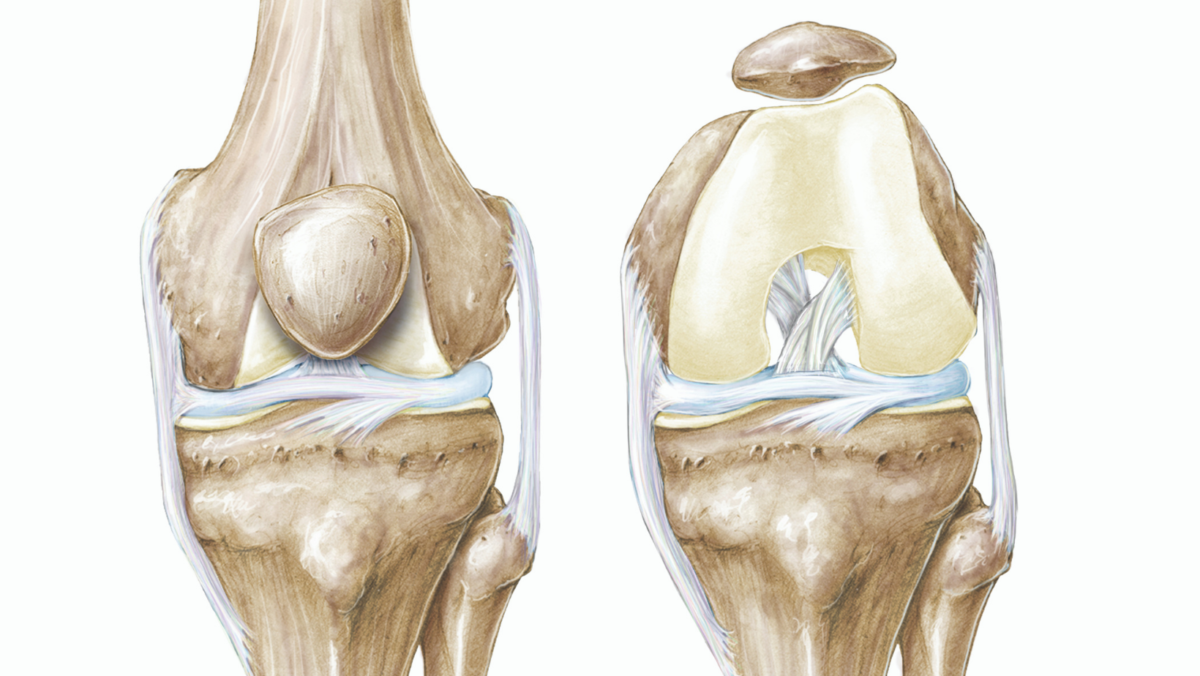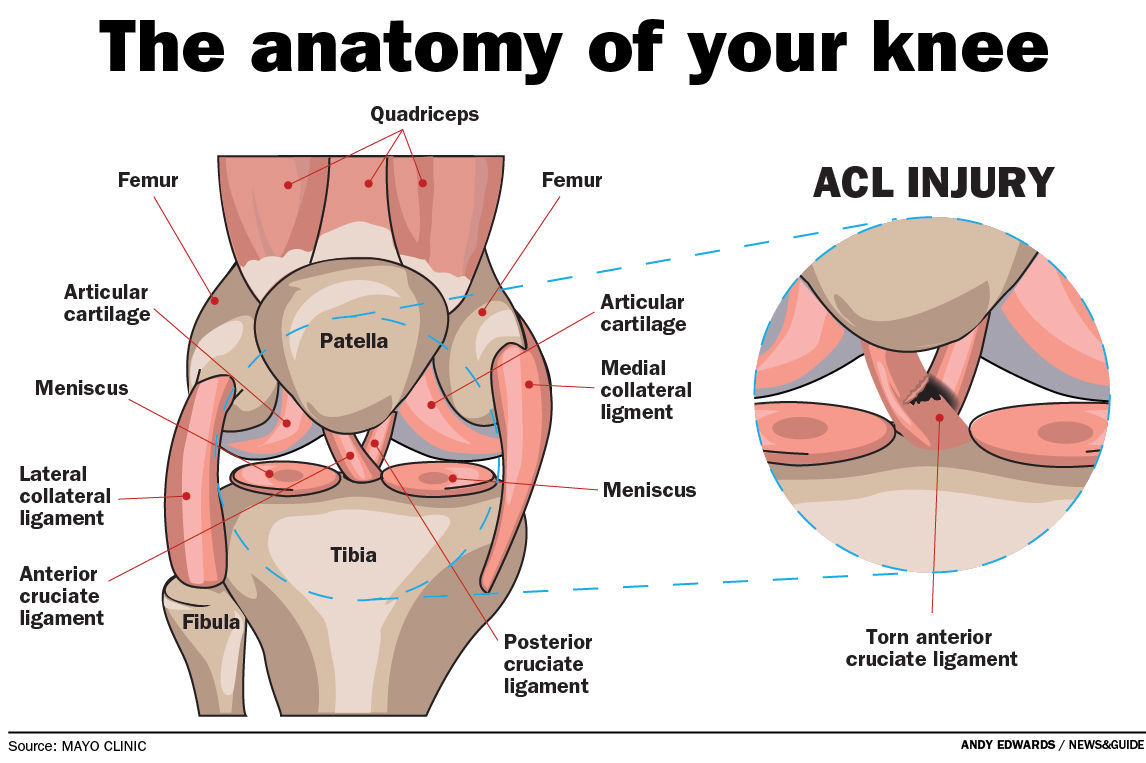

Knee Surg Sports Traumatol Arthrosc 20(1):62–68Įdwards A, Bull AM, Amis AA (2007) The attachments of the anteromedial and posterolateral fibre bundles of the anterior cruciate ligament. Knee Surg Sports Traumatol Arthrosc 15:946–964įerretti M, Doca D, Ingham SM, Cohen M, Fu FH (2012) Bony and soft tissue landmarks of the ACL tibial insertion site: an anatomical study. Knee Surg Sports Traumatol Arthrosc 16:741–746Ĭrawford C, Nyland J, Landes S, Jackson R, Chang HC, Nawab A, Caborn DN (2007) Anatomic double-bundle ACL reconstruction: a literature review. Tallay A, Lim MH, Bartlett J (2008) Anatomical study of the human anterior cruciate ligament stump’s tibial insertion footprint. Woo SL, Gomez MA, Seguchi Y, Endo CM, Akeson WH (1983) Measurement of mechanical properties of ligament substance from a bone-ligament-bone preparation. Arthritis Rheum 50:3145–3152įithian DC, Paxton LW, Goltz DH (2002) Fate of the anterior cruciate ligament-injured knee. Lohmander LS, Ostenberg A, Englund M, Roos H (2004) High prevalence of knee osteoarthritis, pain, and functional limitations in female soccer players twelve years after anterior cruciate ligament injury. J Arthrosc Relat Surg (article in press)įerretti A, Conteduca F, De Carli A, Fontana M, Mariani PP (1991) Osteoarthritis of the knee after ACL reconstruction. Hwang MD, Lubowitz JH (2012) Anterior cruciate ligament femoral footprint anatomy: systematic review of the 21st century literature. Von Porat A, Roos EM, Roos H (2004) High prevalence of osteoarthritis 14 years after an anterior cruciate ligament tear in male soccer players: a study of radiographic and patient relevant outcomes. Woo SL, Wu C, Dede O, Vercillo F, Noorani S (2006) Biomechanics and anterior cruciate ligament reconstruction. Reider B, Marshall JL, Koslin B et al (1981) The anterior aspect of the knee joint: an anatomical study. Welsh PR (1980) Knee joint structure and function.

Clin Orthop Relat Res 172:19–25īuoncristiani AM, Tjoumakaris FP, Starman JS, Ferretti M, Fu FH (2006) Anatomic double-bundle anterior cruciate ligament reconstruction. Churchill Livingstone, USA, pp 3–66Īrnoczky SP (1983) Anatomy of the anterior cruciate ligament. In: Inshall and scott surgery of the knee, 4th edn. Clin Orthop 106:216Ĭlarke HD, Scott WN, Insall JN et al (2006) Anatomy. Girgis FG, Marshall JL, Al Monajem ARS (1975) The cruciate ligaments of the knee joint. Recommendations point toward further experimental work with in vivo and in vitro studies, in order to assist in the development of new surgical procedures that could possibly replicate more closely the natural ACL anatomy and prevent future knee pathology.īannister LH, Berry MM, Collins P et al (1995) Knee joint. In the end, all these advancements will contribute to better patient outcome.
#Acl anatomy full#
This should be useful and valuable information in achieving full range of motion and stability of the knee postoperatively. The cornerstones of such a protocol remain bracing, controlling edema, pain and range of motion. The rehabilitation protocol should come in phases in order to increase range of motion, muscle strength and leg balance, it should protect the graft and weightbearing should come in stages. Some important factors affecting the surgical outcome of ACL reconstruction include graft selection, tunnel placement, initial graft tension, graft fixation, graft tunnel motion and healing.
#Acl anatomy plus#
The anatomic centrum of the ACL femoral footprint is 43 % of the proximal-to-distal length of lateral, femoral intercondylar notch wall and femoral socket radius plus 2.5 mm anterior to the posterior articular margin. The medial tibial eminence and the intermeniscal ligament may be used as landmarks to guide the correct tunnel placement in anatomic ACL reconstruction.

Separate placement in the femoral side is known to give better results from transtibial approach. Also, it is significant to take into account the anatomy as far as the rehabilitation protocol is concerned. In this review, an attempt is made to summarize the most recent and authoritative tendencies as far as the anatomy of the ACL, and its surgical application in its reconstruction are concerned. An anatomic study should have to address, its biomechanical properties, its kinematics, its position and anatomic correlation and its functional properties. The anterior cruciate ligament (ACL) anatomy is very significant if a reconstruction is attempted after its rupture.


 0 kommentar(er)
0 kommentar(er)
